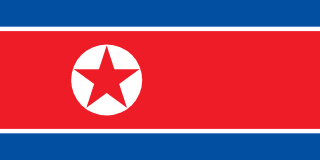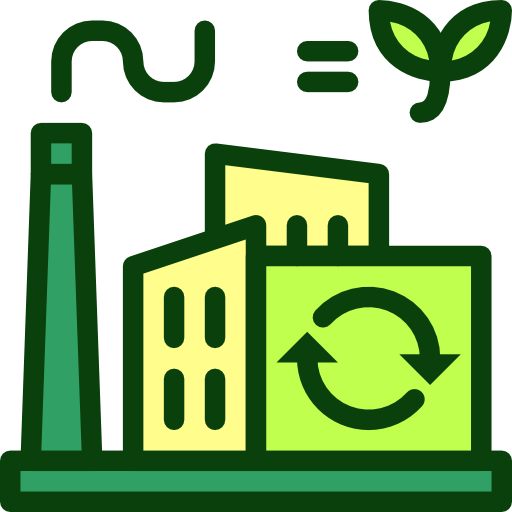North Korea - Environment

As far as the environment of North Korea is concerned, there have been water pollution; inadequate potable water; deforestation; soil erosion and degradation. As for nvironment - international agreements, we have; Antarctic Treaty, Biodiversity, Climate Change, Climate Change-Kyoto Protocol, Climate Change-Paris Agreement, Desertification, Environmental Modification, Hazardous Wastes, Ozone Layer Protection, Ship Pollution, Wetlands.
About the environment of North Korea
| Climate | We have temperate, with rainfall concentrated in summer; long, bitter winters |
|---|---|
| Revenue from forest resources | |
| Revenue from coal | |
| Waste and recycling | Municipal solid waste generated annually: |
| Total renewable water resources | 77.15 billion cubic meters (2020 est.) |
| Major rivers (by length in km) | |
| Total water withdrawal | |
| Municipal | 900 million cubic meters (2020 est.) |
| Industrial | 1.15 billion cubic meters (2020 est.) |
| Agricultural | 6.61 billion cubic meters (2020 est.) |
| Air pollutants | |
| Particulate matter emissions | 41.46 micrograms per cubic meter (2019 est.) |
| Carbon dioxide emissions | 28.28 megatons (2016 est.) |
| Methane emissions | 18.68 megatons (2020 est.) |
| Land Use | |
| Agricultural land | 21.5% (2022 est.) |
| Agricultural land: arable land | arable land: 19.1% (2022 est.) |
| Agricultural land: permanent crops | permanent crops: 2.1% (2022 est.) |
| Agricultural land: permanent pasture | permanent pasture: 0.4% (2022 est.) |
| Forest | 49.7% (2022 est.) |
| Other | 28.7% (2022 est.) |
| Urbanization | |
| Urban population | 63.2% of total population (2023) |
| Rate of urbanization | 0.85% annual rate of change (2020-25 est.) |
| Major urban areas (Pop) | 3.158 million PYONGYANG (capital) (2023). |
All Important Facts about North Korea
Want to know more about North Korea? Check all different factbooks for North Korea below.
-
 North Korea Factbook
North Korea Factbook
-
 The Economy of North Korea
The Economy of North Korea
-
 Learn about the Government of North Korea
Learn about the Government of North Korea
-
 Communication in North Korea
Communication in North Korea
-
 Popular Universities in North Korea
Popular Universities in North Korea
-
 Enerny in North Korea
Enerny in North Korea
-
 Transport in North Korea
Transport in North Korea
-
 The Geography and society of North Korea
The Geography and society of North Korea
-
 The Environment of North Korea
The Environment of North Korea
-
 Military and security in North Korea
Military and security in North Korea